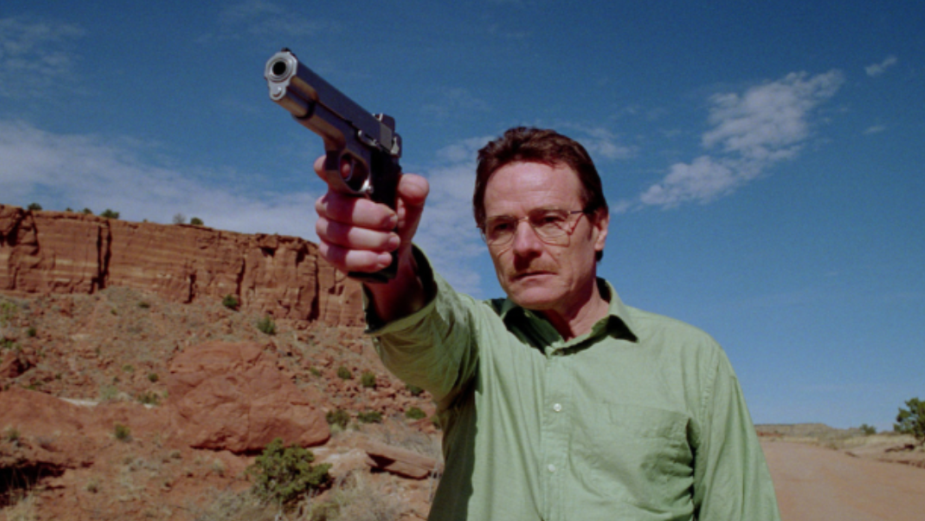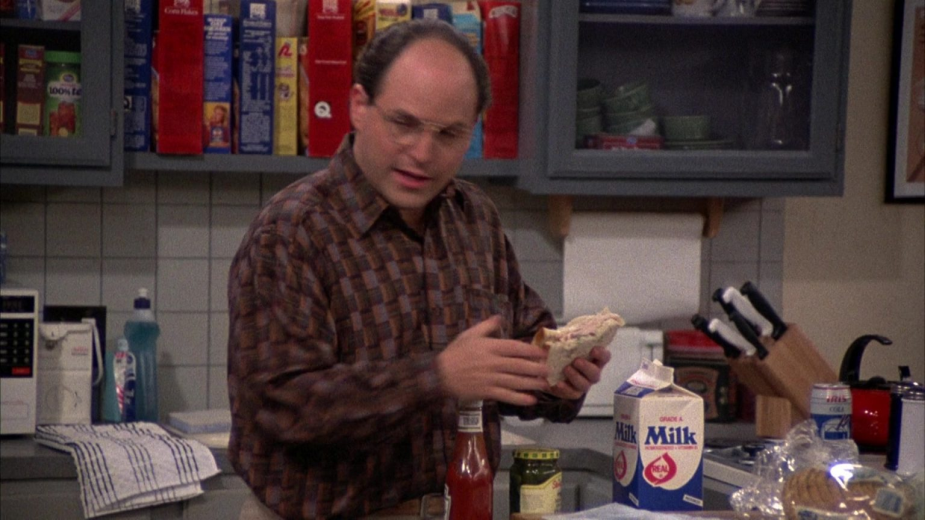
Why Brands Should Always Bet on Season One — Even during the Writer’s Strike

As we settle into the second month of the ongoing writers' strike, echoes of 2007-2008 reverberate ominously. Lasting a debilitating 100 days, the previous WGA strike disrupted an industry dependent on the steady rhythm of production schedules, and brands that had staked their advertising dollars on product placements suddenly found themselves on shaky ground.
So what should advertisers do? When it comes to product placement, inaction due to an overabundance of caution can cause more harm than good. Unsettling as this pause in productions may be, it provides the perfect opportunity for brands to reconsider their strategies — particularly when investing in a show's first season.
Success in the Storm
Even when Hollywood is running smoothly, investing in a show's first season can feel like a gamble. But the rewards can significantly outweigh the risks. Just look at some of the series that came out during the last strike.
Amid this chaos and truncated TV seasons, several shows that premiered in 2007 and 2008 turned out to be unexpected hits. Breaking Bad, The Big Bang Theory and Gossip Girl debuted during this tumultuous period and captured massive audiences, becoming cultural phenomena in their own right.
Gossip Girl had only filmed 13 of its intended 22-episode-season when the 2007 WGA strike hit, and only five of the remaining nine episodes were ever produced — airing after a whopping four-month break between episodes 13 and 14. While this would be far from anyone's ideal scenario, brands with the foresight to invest in the millennial classic from the beginning reaped the benefits.
The same can be said for Breaking Bad, which had to halt production after only seven episodes due to the strike. And even though the AMC drama averaged 1.2 million viewers during its first season on broadcast television, its viewership exploded after it began streaming on Netflix in its fourth season. That year, 5.9 million viewers tuned into the season four finale on AMC — boosted mainly by fans who had discovered it on Netflix — and the series finale in 2013 garnered 10 million viewers.

And as any binge-watcher knows, most of those viewers probably started their journey with Walter White in season one episode one on Netflix, which benefited any advertiser who got in on the ground floor.
No One Starts Binge Watching from Season 3
But let's say the WGA and impending SAG strikes cause a lull in new content.
What are viewers going to do when they're waiting for episodes of their favorite show to drop? Find a new favorite show on streaming, of course, whether they're catching up on the series their friends had been raving about or taking a chance on that "top streaming" series Netflix's algorithm has been suggesting for months.
But no one is going to dive into the latest season right away. While your old roommate might be on Season 3 of Yellowstone, even the unpracticed binge-watcher knows they must start from Season One, Episode One. And this common behavior has significant implications for advertisers in the $20 billion product placement industry.
If the recommendation is good, viewers are hooked from the beginning. If it's terrible, viewers have probably binged through the first season, maybe even the second, to give it a shot before dropping off. Data from www.ratingraph.com — which tracks ratings from major review sites including IMDB, Rotten Tomatoes, Vulture, etc. — supports that whether or not a show maintains its popularity, the first seasons of shows including Riverdale, ELITE, The Bold Type, 13 Reasons Why, and Grown-ish get recommended most, no matter how long ago they aired.[1]
Streaming paired with virtual product placement also allows brands to make up for missed opportunities. Just look at this Seinfeld season 2 still as an example. Notice anything?

Both the ketchup bottle and jar of pickles' labels are deliberately facing George Costanza — and away from the camera and hundreds of millions of eyes that would eventually watch the scene in the following decades. This is presumably because a product placement deal couldn't be concluded — perhaps due to the initial lukewarm response to the iconic sitcom's first season.
Although brands were fighting to get on the show by Season 5, there needed to be a practical way to get Cheerios into previous seasons. Nor would there be a compelling reason to do so. The networks controlled airtimes, so reruns would often be relegated to dead times in the broadcast schedule. Today, audiences can stream these older episodes on primetime.
And depending on placement deals, there's a new potential to insert brands into old seasons of shows digitally. Putting them authentically and organically where they should have been from the very beginning.
Roy Taylor is CEO and founder at Ryff











